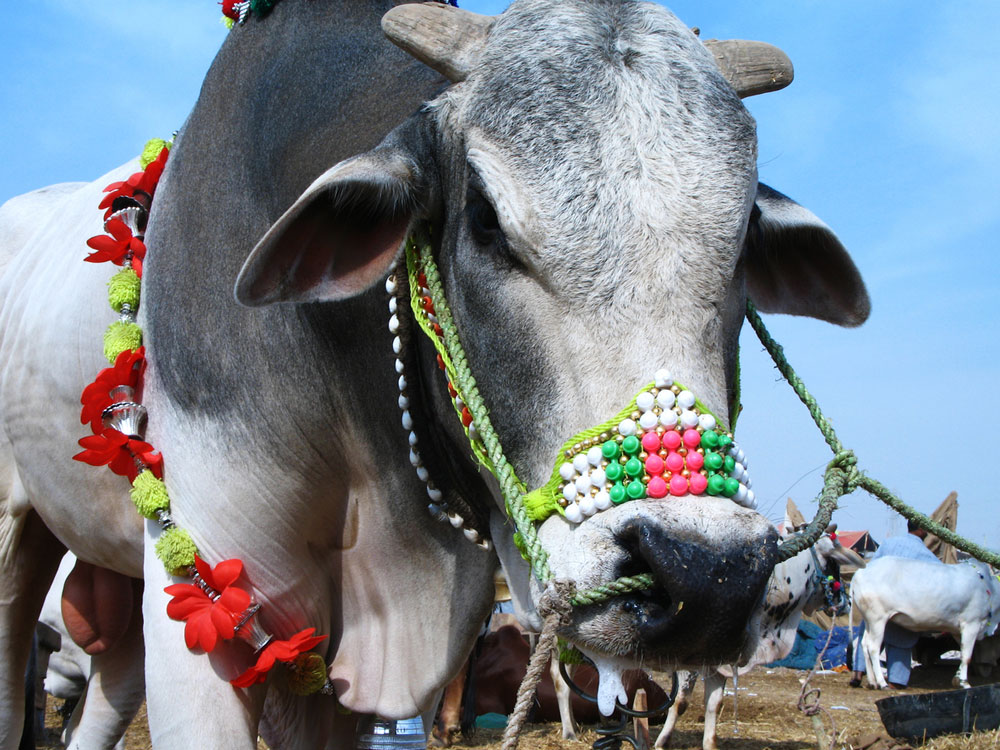A leap of faith can save us from botheration. The finance minister had undertaken a foreign trip for medical treatment, which made him miss a coveted function — the presentation of the Union budget. If his ideological faith had served him better, instead of spending time and money in a foreign land, he would have profited by enquiring about ‘cowpathy’, an indigenous system of medicine that uses panchagavya ( a mixture of cow urine, dung, milk, ghee, and curd), which can apparently cure cancer and other serious conditions. After all, has he not listened to impassioned pleas by partymen and sanctioned money to create a separate ministry, Ayush, to promote such indigenous therapies? Faith and belief are personal choices but when lawmakers endorse cowpathy for cancer treatment in India with support from the highest quarters, the issue needs to be debated.
The promoters of cowpathy might be motivated by their veneration of cows but the master plan is part of a bigger political, social, and economic agenda. That is why cowpathy is not promoted as a kind of divine intervention, an affair beyond the realm of reason or as a fad. On the contrary, it is disseminated with the help of large research centres recognized , funded and owned by the government so as to produce ‘tangible’ evidence.
A look at different reports and publications about cowpathy, including some from institutes under the ministry of Ayush, makes some of the issues clear. First, the species must be a pure-bred Indian cow, preferably a Gir cow, of the genus, Bos indicus, believed to be the descendant of Kamdhenu or Surabhi. Mixed breeds or foreign-bred cows lack medicinal properties. Almost every paper begins by quoting ancient religious scriptures and texts from the Ayurveda that mention the healing properties of the panchagavya. But most of these papers provide only general descriptions of the diseases amenable to cow therapy. It is difficult to come across a paper that has reported a properly designed and scientific trial published in peer-reviewed journals. The commonly quoted clinical trial is one that was conducted in Mandsaur district in Madhya Pradesh over a period of eight days. Over 60 cancer patients were given cow urine, and several people among them reported some degree of relief. The papers on the chemical composition and anti-infective properties of the urine of different breeds of cows present a bit more of detailed analyses and data, but do not explain the anti-cancer properties except asserting that it is a potent immune modulator. The accepted methodology of reduplication of clinical trials and verification of data independently by other international centres is not reported anywhere. Is that because Gir cows from India lose their powers overseas? Some patents of cow urine therapy in the United States of America are cited as proof of its scientific validity but US patent laws only certify a new idea or innovation and not its efficiency.
The truth is that judged on the basis of evidence, cowpathy, even though it is touted as science, leans heavily on religious legs. Yet, it has created a huge market for itself, making cow shelters a profitable business venture in the Hindi heartland. Fresh cow urine and products made from panchagavya are available online. Efforts are already afoot to replace chemical cleansing agents in government hospitals and offices with ‘eco-friendly’ products made from cow urine.
Oncologists have expressed their inability to accept claims that are not supported by credible evidence. In India, a vast number of people are, however, prepared to take that leap of faith. This is so because they now live in a nation where mythology obfuscates facts and rituals and superstitions take precedence over science. Under the circumstances, it matters little that India has one of the lowest budgetary allocations for health among developing countries and that its health indices are worse than those of Bhutan and Bangladesh.











